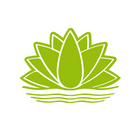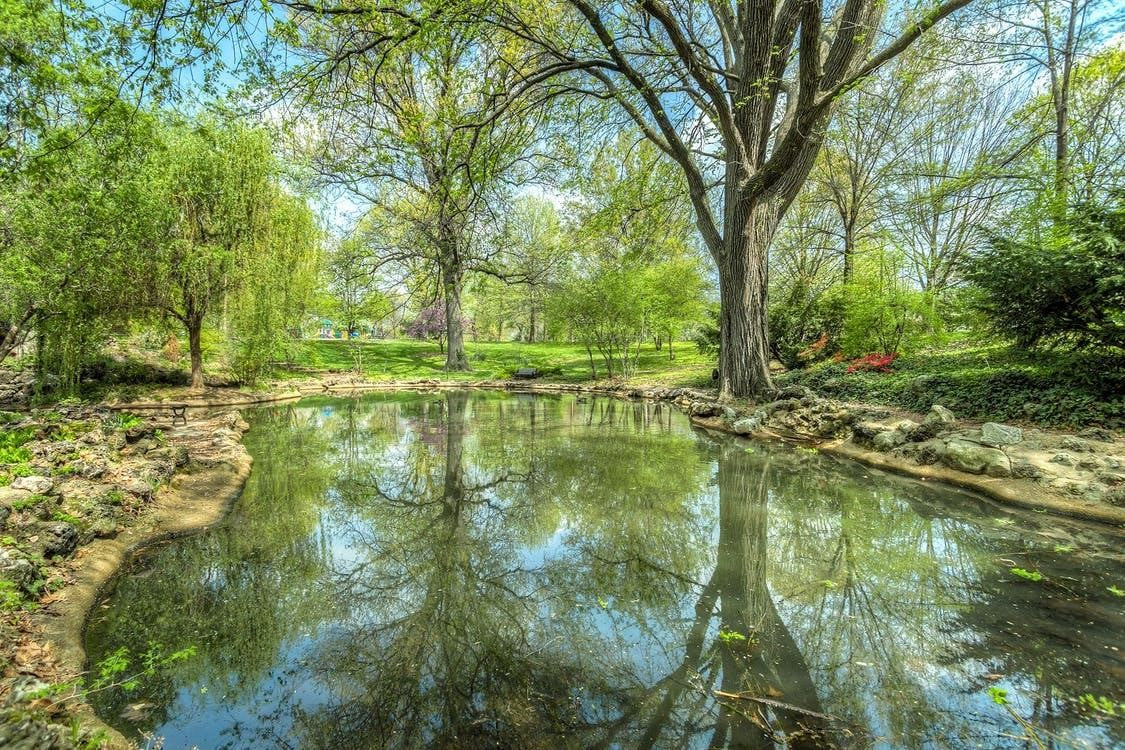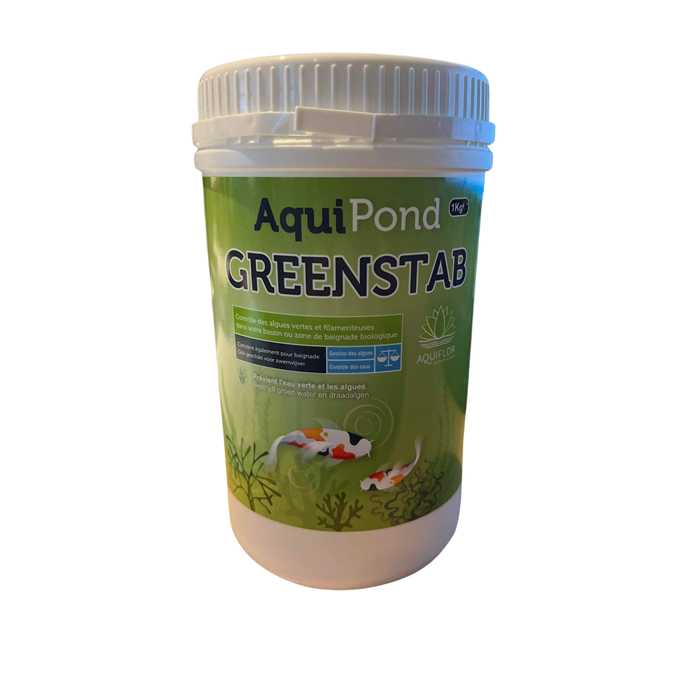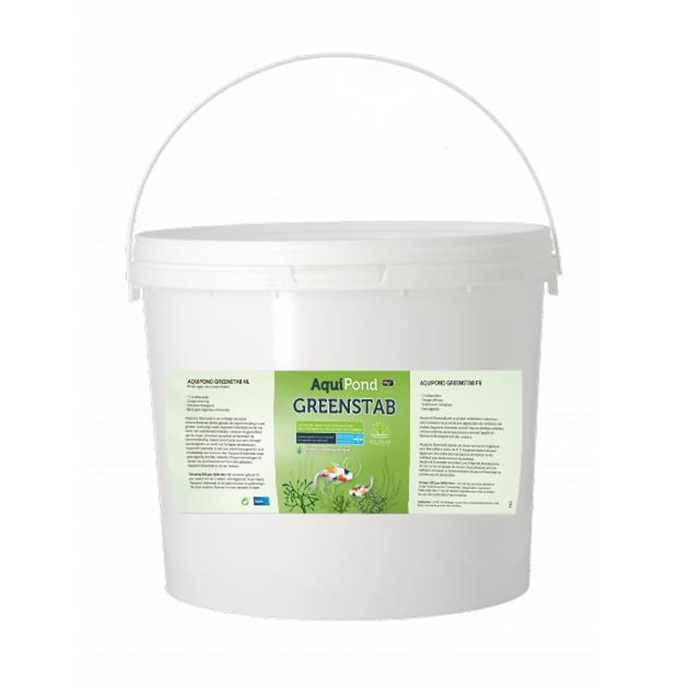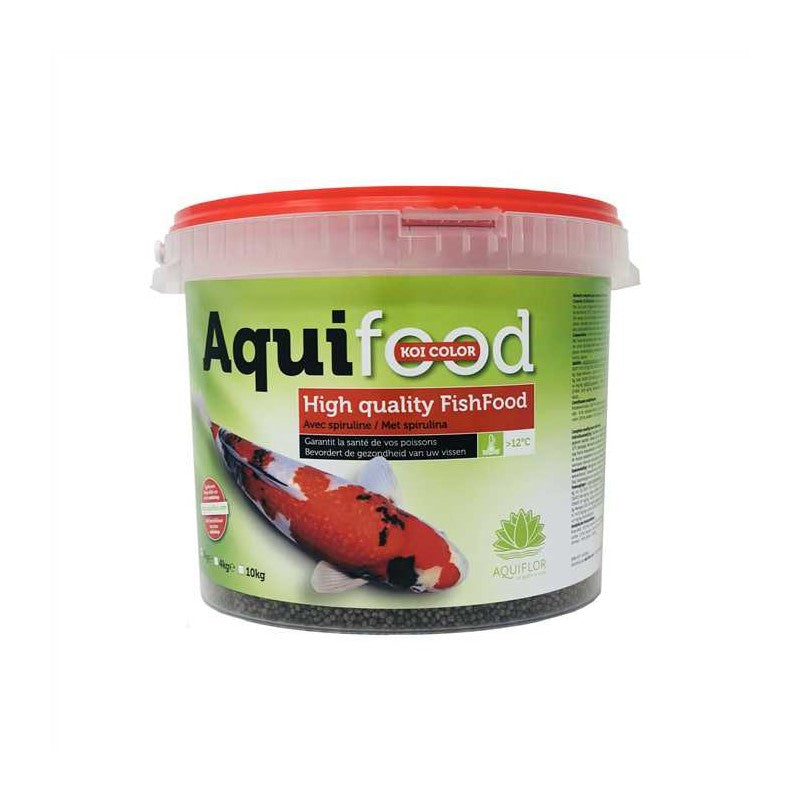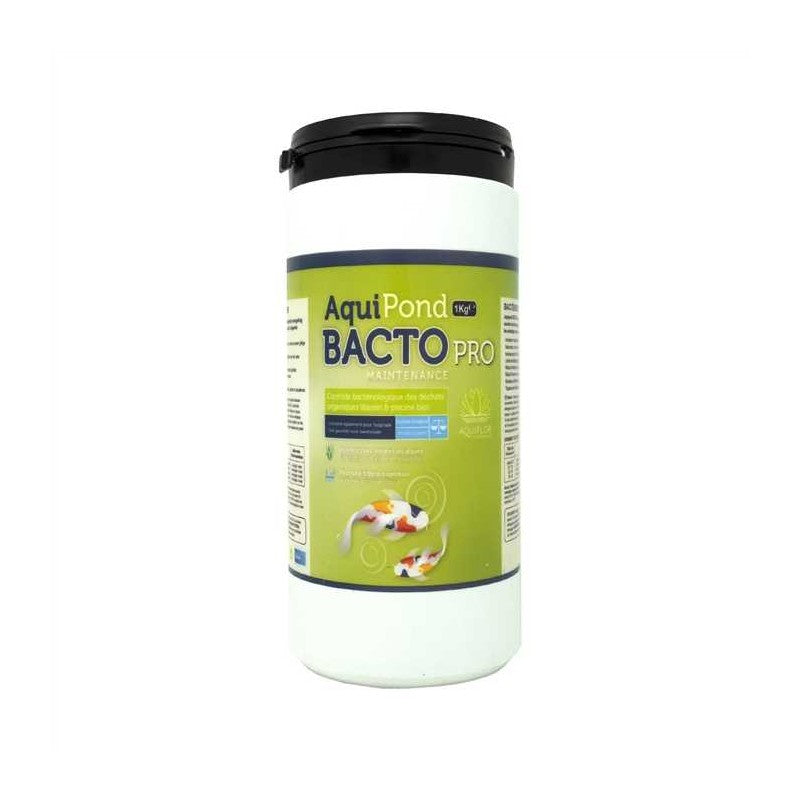Creating a natural pond in your garden is a great way to promote local biodiversity, while also adding a touch of tranquility. But to succeed in this endeavor, it is crucial to choose the right plants that will make up your pond.
Relying on native or naturally occurring species in Europe not only ensures harmonious integration into the ecosystem, but also easier maintenance. These plants play a key role in oxygenation, water filtration and creating a habitat for aquatic wildlife. 🌸🐞
Why choose native plants for your pond?
Native plants naturally blend into their environment. They are adapted to local climates and soils, making them robust and environmentally friendly. Here are the main benefits of choosing native species:
- Respect for the ecosystem 🌍: Native plants strengthen the natural balance of the pond by supporting local biodiversity.
- Less maintenance 🛠️: These plants require less care and are more resistant to local diseases and pests.
- Conservation of local wildlife 🐦: By attracting pollinating insects, amphibians and birds, you create a living space favorable to native wildlife.
1. Submerged plants: Natural oxygenation and filtration 💧
Submerged plants are essential for the health of your pond. They help oxygenate the water and keep it clear by filtering out impurities. Here are some native or European plants suitable for a natural pond:
Ranunculus aquatilis (Water Buttercup) 🌿
This plant is perfect for shallow ponds. It is native to Europe and produces small white flowers on the surface of the water. The Water Buttercup naturally oxygenates the water and provides a refuge for small aquatic animals.
Callitriche stagnalis (Water star) 🌱
The water star is a small submerged plant found in ponds and lakes in Europe. It plays an important role in oxygenating the water while providing shelter for fry and small invertebrates.
Potamogeton crispus (Curly Pondweed) 🌀
Curly pondweed is a submerged plant that grows easily in ponds. It contributes to the oxygenation and filtration of water by absorbing nutrients that could promote the proliferation of algae.
2. Floating plants: Natural filtration and shade 🍃
Floating plants help filter water and create shade to limit algae growth. Here are some native plants that do this job perfectly:
Hydrocharis morsus-ranae (Frog) 🐸
Native to Europe, the frogweed forms a mat of floating leaves on the surface of the water. It is ideal for providing shade and filtering excess nutrients. In addition, it creates a natural habitat for aquatic insects and amphibians.
Stratiotes aloides (Water aloe) 🌿
This native floating plant is hardy and forms rosettes of aloe-like leaves. Water Aloe is not only decorative, but it also plays an important role in water filtration by absorbing excess nutrients.
3. Purifying plants: A natural filter for your pond 🌾
Purification plants play a crucial role in water purification by absorbing nitrates and phosphates, which helps prevent algae blooms. Here are the best species:
Alisma plantago-aquatica (Water plantain) 🌸
Water plantain is a very hardy native plant. It absorbs excess nutrients and helps purify pond water. With its flowers shaped like small white stars, this plant is not only useful, but also very aesthetic.
Butomus umbellatus (Umbellate Flowering Rush) 🌿
Also called flowering rush, this plant is native to Europe and grows in wetlands. It absorbs excess nutrients and stabilizes river banks while producing beautiful pink flowers.
Typha minima (Small cattail) 🌾
Less imposing than the broad-leaved cattail, the Typha minima is ideal for small ponds. It stabilizes the banks and helps to maintain clear and clean water by absorbing nutrients that promote the proliferation of algae.
4. Border plants: Bank stabilization and habitat for wildlife 🦋
Edging plants are essential for stabilizing pond banks and preventing erosion, while creating habitat for many species.
Lythrum salicaria (Purple loosestrife) 🌸
Purple loosestrife is a plant native to European wetlands. It grows on the edges of ponds and pools, helping to stabilize the soil while attracting pollinators with its purple flowers.
Filipendula ulmaria (Meadowsweet) 🌼
This plant grows on river banks and helps stabilize the soil while creating a habitat for pollinating insects. With its clusters of fragrant white flowers, Meadowsweet is an attractive and useful plant for natural ponds.
Caltha palustris (Marsh marigold) 🌾
This native European plant is ideal for wetlands around your pond. It stabilises the edges of the pond and offers a magnificent spectacle in spring with its bright yellow flowers. In addition, it attracts bees and other pollinators.
5. Water lilies: Beauty and temperature regulation 🌺
Water lilies are not only beautiful, they also play a crucial role in regulating water temperature by providing shade.
Nymphaea alba (White water lily) 🌸
This water lily is a classic of European natural ponds. With its large floating leaves and elegant white flowers, it helps keep the water cooler while limiting the proliferation of algae.
A harmonious ecosystem with native plants 🌿
Choosing native plants for your natural pond is key to creating a sustainable and balanced ecosystem. 🌍 Not only do they promote local biodiversity, but they are also more resilient and require less maintenance. In addition to their functional roles, these plants will beautify your pond, attracting both the eyes and local wildlife.
On Aquishop, we offer a wide range of aquatic plants suitable for natural ponds, with particular attention paid to native and environmentally friendly species. 🌱💧 Come and discover our solutions to create a real aquatic haven of peace in your garden.
